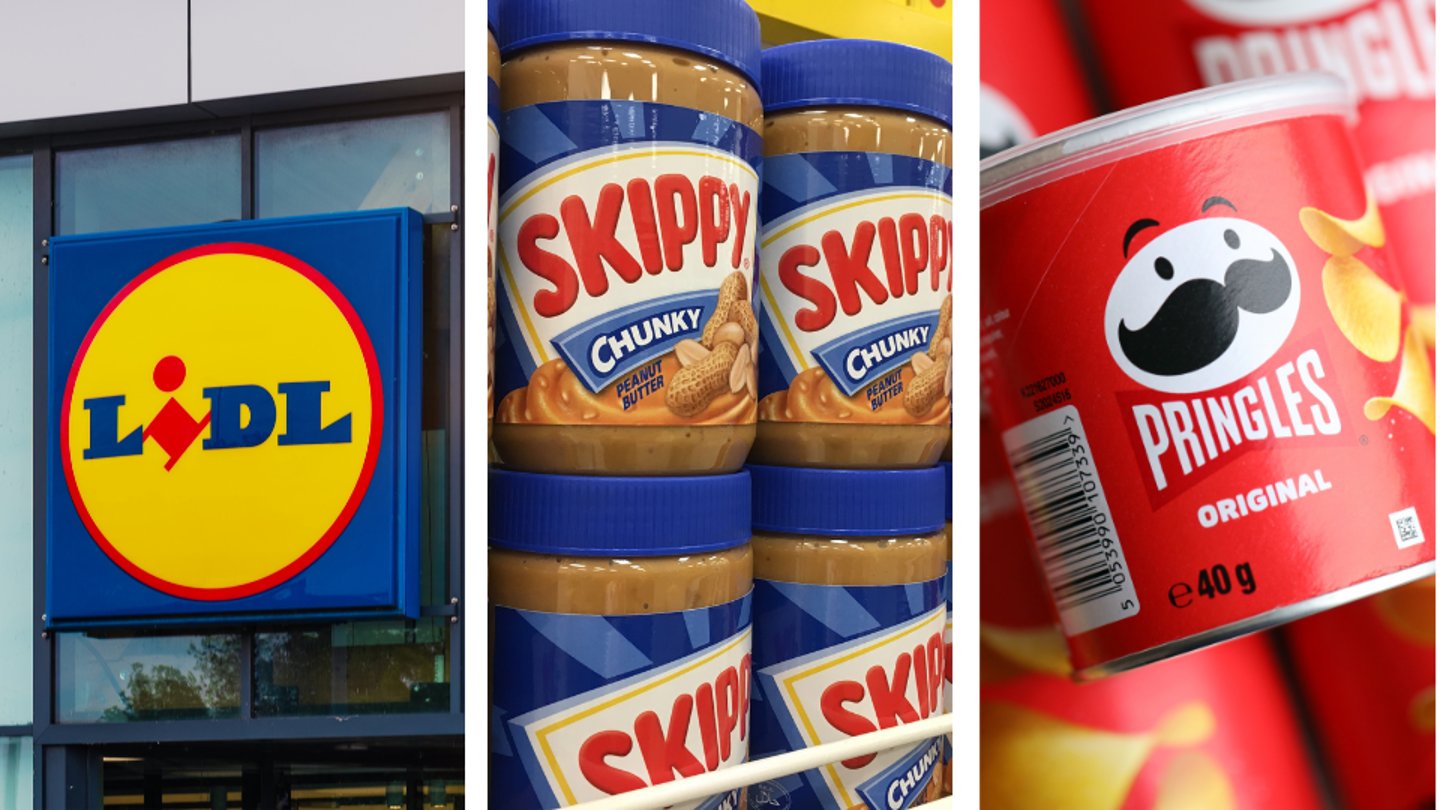How Lidl, Hormel, Kellanova Are Rethinking Category Management
Once considered a mature discipline, category management is now undergoing an evolution.
As the shopper journey becomes increasingly fragmented, both retailers and consumer goods manufacturers are reexamining how they define and manage categories. Category management has been impacted by multiple industry shifts, including the digitization of the shelf, the growth of retail media and the growing use of artificial intelligence to model assortment, pricing and promotion decisions.
With so much data available, organizations have recognized that the challenge is less about data access and more about identifying meaningful insights to shape strategy and drive collaboration.
[Related: Learn about the strategies that can drive collaborative category management]
Approaches, however, can vary widely across organizations. The Path to Purchase Institute (P2PI) checked in with several executives to explore how they’re rethinking their strategies.
Joel Rampoldt, Lidl US CEO, noted that discount grocers haven't traditionally been at the forefront of category management. "It's very much an item business, and it always has been," he said.
While Lidl has historically focused on item quality, pricing and supplier relationships, they're taking a more architectural view of the assortment, e.g., thinking how products fit together, how shoppers perceive quality tiers, and how adjacent categories support or compete on the shelf.
Given that 80% of the Lidl's brands are private label, determining whether categories require national brands is a key part of the decision-making, as is store layout.
"What ideally do we want the customer to see first, and then as they work their way through the store? And then, lastly, what is the role of each category?" said Rampoldt. "Because some categories are trip drivers; many are not. The margin expectations of those categories will accordingly be different."
For Hormel Foods, there's no shortage of insights to inform category decisions, and the CPG is shoring up collaboration to leverage them more effectively.
"Across the board, there's so much information and so much data that aren't necessarily insights," said Leslie Lee, vice president of digital experiences at Hormel Foods. "It's about being able to get the right information, to be able to inform what it is that we want to do overall, and working really closely with our teams on where those places are and where they push our team."
As part of this, Hormel Foods' insights team is using AI to build the models and using synthetic consumers.
"We've used some panels to be able to understand a little bit more, and we're working closely with the insights teams on them," said Lee.
"Here’s the thing: The quality and integrity of your data matter," said Henry Ho, chief strategy officer of retail intelligence provider Storesight. "This isn’t just about collecting information — it’s about making decisions with confidence."
"For too long, CPG brands have been in the dark — hamstrung by not knowing what’s happening in-store, in real time," he added. "The result? Execution breakdowns, missed opportunities, and delayed decisions."
Louise Cotterill, global senior director, insights and intelligence at Kellanova, noted that the manufacturer is already incorporating shopper demographic information to make decisions about the products they put on shelves and how often they're replenished.
By putting the consumer at the center, they can personalize the assortment and better understand price elasticity at a more person-based level, she said.
Looking ahead at what might be possible in leveraging data clean rooms for category management across multiple retailers, Cotterill said CPGs and retailers could move into more predictive models, which could in turn evolve assortment planning and impacts on supply chain.
But she cautioned that realizing this potential through clean rooms requires significant cultural and operational change. Given that it's unlikely to scale across retailers, it's not on Kellanova's immediate roadmap.
“It does require a big behavior change to get to that level of granularity,” she noted. “And it requires a data collaboration that potentially might not be available across all retailers.”
This story was originally published on P2PI, a CGT sister publication.


